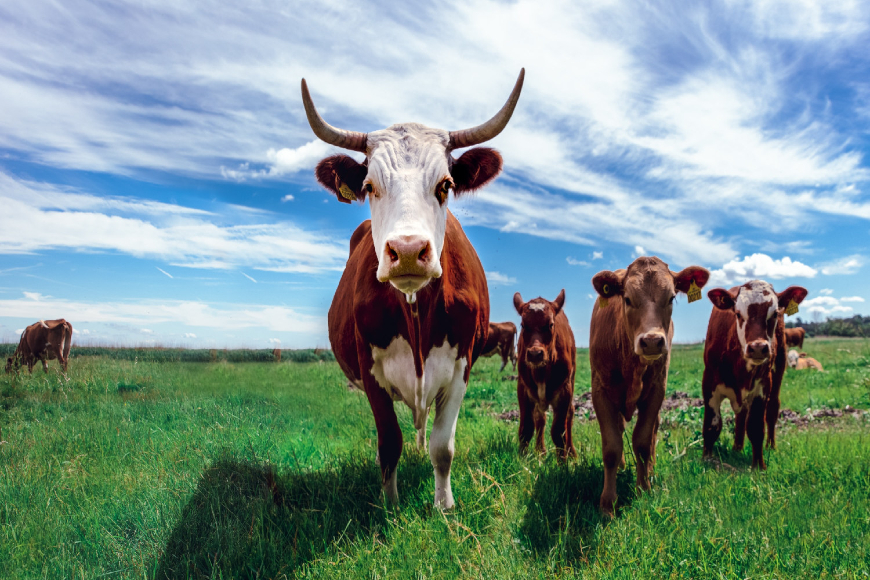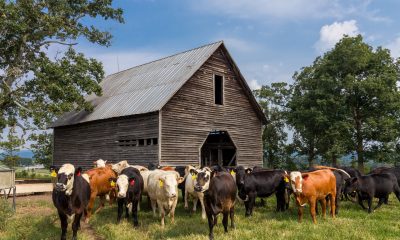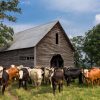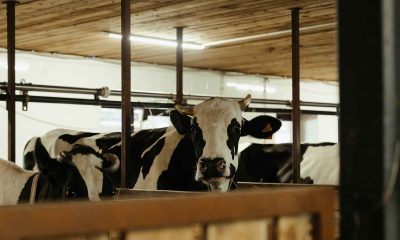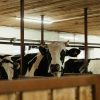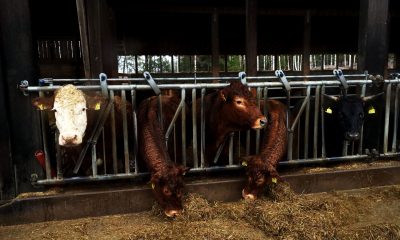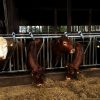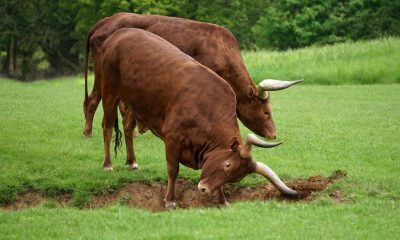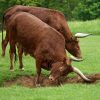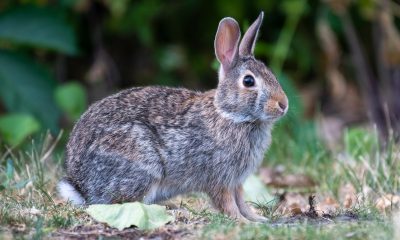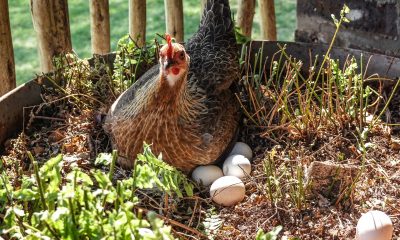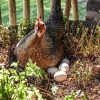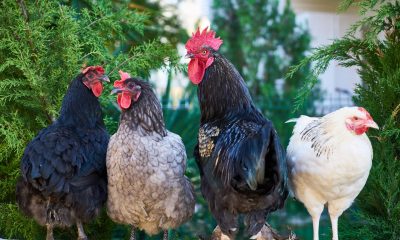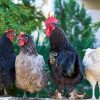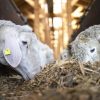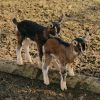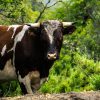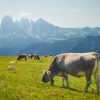Uncategorized
Sustainable methods of cattle farming
Even in this era of the tech revolution and high-end innovations, the livestock sector is still a vital pillar of the global economy and food system. Studies show that the livestock sector contributes about 40% of the agricultural output and provides food and employment to more than 1.5 billion people. One of the main sub-sectors among them is cattle farming.
Due to past and recent human activities, the need for the world to adapt to sustainable methods of living is higher than ever to safeguard future generations and cattle farming are no different. Cattle farmers face a lot of challenges today to reduce the impact they create on the environment like greenhouse emissions and balancing intensive and sustainable production without compromising on income. But, these challenges also provide them with opportunities that can be carefully exploited to create a sustainable and profitable enterprise.
1. Air management by Good animal health
This is a very obvious point not only in cattle farming but in any livestock enterprise; the impact it has on the environment is seldom discussed. Good animal health is directly or indirectly related to lower emissions which are essential for sustainable farming.
Recent studies have shown that the total emissions in a cattle farming enterprise can be reduced by about 30 per cent by adopting the best health and husbandry practices. Adopting these types of practices can also drastically reduce the number of unproductive animals thereby reducing the quantity of greenhouse emissions into the atmosphere.
Studies also show that better disease management can reduce emissions to a large extent. For example, the disease Neosporosis, generally found in beef cattle can push greenhouse gas emissions by affecting the birth rate if not treated properly.
Soil management by Regenerative Agriculture- Graze for Carbon
Regenerative agriculture is a sustainable method which focuses mainly on rehabilitating natural resources. The main aim of this method is to create a long-term ecosystem.
It also aims to restore the quality of soil which is the main concern in the present world where arable land is scarce and the soil is acutely degraded.
Since cattle is regarded as one of the biggest problems in regenerative agriculture, implementing sustainable methods is vital in increasing soil quantity by carbon sequestration (the process of capturing excess carbon by the soil from the atmosphere).
Cattle can help regenerative agriculture by minimizing indoor feeding and depending more on outdoor alternatives like pastures to restore the soil. This is beneficial because the manure from grazing acts as organic fertilizers restoring the soil quantity. This also helps in trapping the atmospheric carbon in the soil and also helps reduce the total expenditure in feed cost thereby creating a greater profit margin.
1.Water management
Water is without doubt an essential component in any healthy livestock enterprise. But the availability of good quality water is becoming scarce day by day. Without adopting sustainable methods to use the available water efficiently the future of our planet doesn’t look bright.
-Planning water points
One of the most efficient methods is to carefully plan the position of watering points, especially in big farms. Cattle tend to graze near their water source. Thus if the watering points are kept too far apart, the area near the source will be overgrazed and the area in between will be under grazed resulting in varying soil quality. Placing the water points too far apart also means that the animals have to walk long distances to drink. This means that the animal will burn fatter, negatively affecting weight gain.
-Water in troughs or ground tanks
Also, another method of sustainable development is to provide the cattle with water in troughs or ground tanks rather than free-flowing water bodies like streams or rivers. This is because cattle depending on flowing streams or rivers tend to erode the soil in the banks and pollute the water body very easily. This can also lead to creating algal blooms downstream. If in any case, one cannot provide water as specified above and only has access to flowing water, one should only give access to the cattle where the erosion potential is less. The insides of bends are one such area but it varies according to topography.
2.Use of Chemicals
The use of any agricultural or veterinary products must be carefully studied before administering and should be monitored after that. In today’s world, it is nearly impossible to avoid the use of chemicals, whether as medicine or for other purposes. It is also impossible to select an option with no side effects. Every chemical used leaves some kind of residue in the environment in one way or the other. But the farmers can follow the guidelines provided by the respective governments and stick to acceptable residue levels which are not harmful to humans, animals or the environment. One way to ensure this is to carefully read the label and permits if there are any and ensure that they strictly follow the guidelines and are safe to use. One should strictly avoid banned chemicals available in the market since the long-term effects of these are disastrous.
3.Natural behaviour and yard design
This is one of the most neglected issues in cattle farming. This is because most farmers are unaware of its impact on their enterprise. A carefully planned yard design considering the animal’s natural behaviour can help increase efficiency, aiding sustainable development. It is important to consider factors like the sun’s position and the slope’s direction while designing a yard. Cattle generally like to run uphill and towards the light and prefer to baulk in dark shadows. They are generally more productive during the morning and are considerably dormant during the evening. Planning animal husbandry operations considering this natural behaviour can be beneficial for sustainably developing an enterprise.
4.Monitoring natural resources
A strict environmental monitor can help farmers detect changes or trends in their farming environment. This can help them make important decisions well in advance that might prove to be the difference between profit and loss.
This can be done by
-Periodical soil tests to detect fertility and acidy of soil.
-Salinity tests for water bodies and assessing groundwater levels at regular intervals.
-Assessing vegetation’s health and diversity creates a healthy system and avoids potential diseases.
-Observation of wildlife present and monitoring the percentage of ground covers to estimate erosion risk.
Conclusion
Even though the ultimate aim of a cattle farm should be profit, one should do it sustainably to ensure efficient production and a quality environment. Farmers should adopt sustainable methods for better water, soil and air management. These practices and careful monitoring can help develop a successful cattle farm without compromising with the needs of the environment and future generations.



